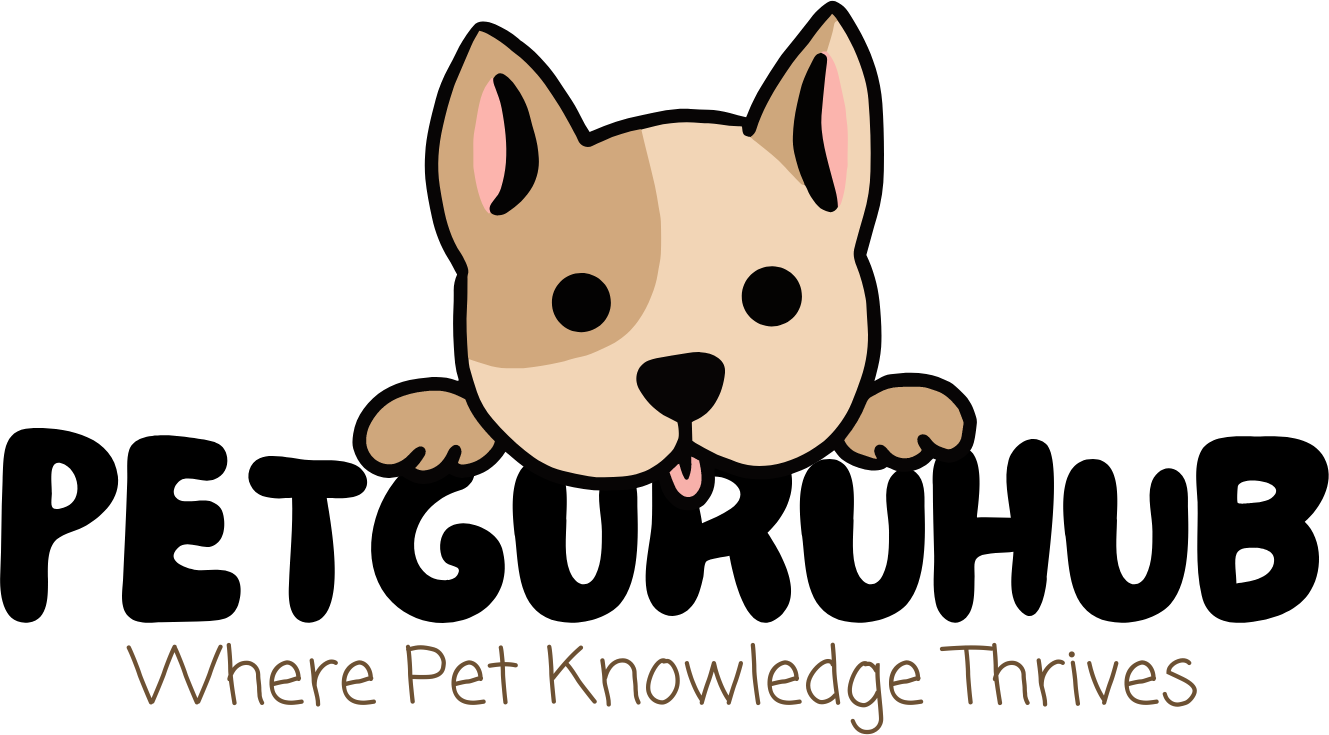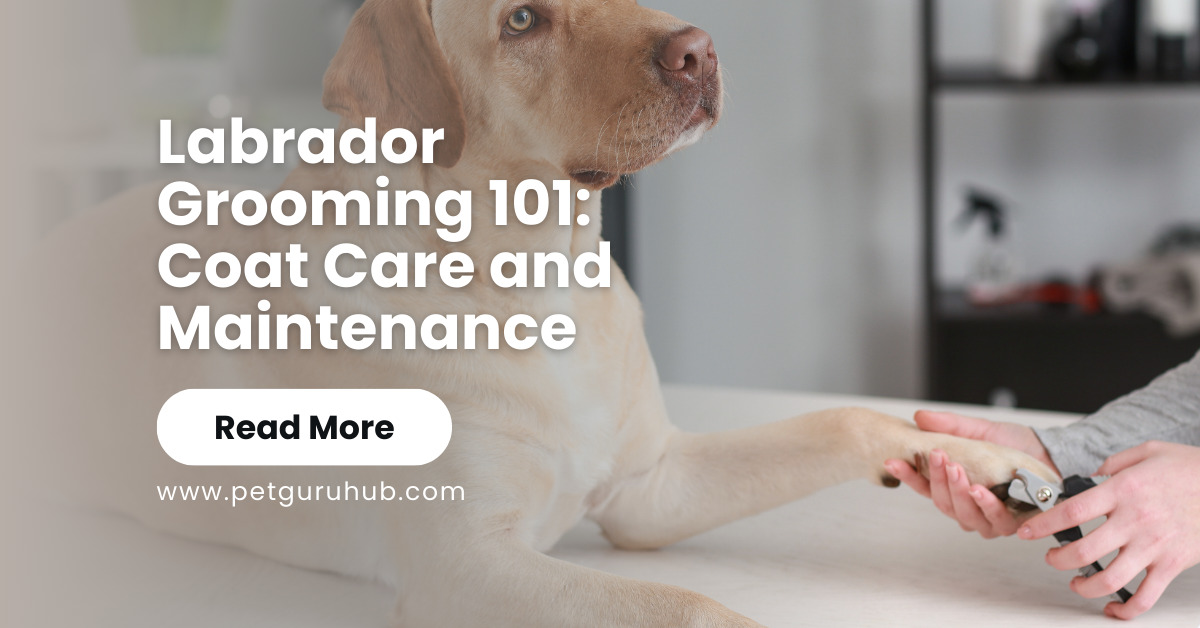Introduction
Labrador Retrievers are one of the most popular dog breeds, and for good reason. They have a reputation for being friendly, energetic, and easy to train. However, behind that adorable face is a coat that requires regular grooming and maintenance to stay healthy and look its best. This article will provide a grooming guide for Lab owners, covering everything from brushing and bathing to nail trims and ear cleaning.
Understanding the Labrador Coat
The Labrador Retriever has a short, dense double coat that is designed to protect them from the elements. The undercoat is soft and downy, while the topcoat consists of short, straight hairs that lie close to the body. This double coat helps insulate Labs in cold water when retrieving during hunts.
Labs come in three different coat lengths – short, medium, and long. The most common is the short, dense coat. Long-coated Labs have a longer, fuller topcoat that requires more grooming.
Labradors also come in a variety of coat colors including black, yellow, chocolate, silver, charcoal, cream, red, brown, and blonde. Some even have small amounts of white on their chest or paws. Their nose, lips, and eye rims will be the same color as their coat.
While the Lab’s coat does not require trimming or clipping, it does need regular care to stay healthy and minimize shedding. Labradors shed moderately year-round, but will blow their coats 1-2 times per year, losing large amounts of hair. This seasonal shedding often occurs in the spring and fall when daylight hours change.
Brushing
Regular brushing is essential for keeping your Lab’s coat and skin healthy.Aim to brush at least once per week, using a slicker brush and/or bristle brush. During times of heavy shedding, daily brushing may be necessary.
Slicker brushes have fine, wire bristles that are ideal for removing dead undercoat and minimizing tangles. Use quick flicking motions and brush against the direction of hair growth.
Bristle brushes have longer, softer bristles that help distribute oils and stimulate the skin. Use slower strokes following the direction of hair growth.
Always brush all areas thoroughly, including the chest, belly, legs, tail, and behind the ears. Pay extra attention to areas prone to tangles, like behind the ears and in the armpits. Use a dematting tool to work out small tangles. For heavy shedding, a shedding blade can help remove large amounts of loose undercoat.
Regular brushing helps:
- Remove dead and loose hairs
- Distribute natural oils for a healthy coat
- Minimize shedding around your home
- Prevent mats and tangles from forming
- Bond with your Lab through touch
Bathing
Most Labradors only need bathing every 4-6 weeks. Bathing too often can dry out their skin and coat. When it’s time for a bath, use a dog-formulated shampoo and lukewarm water. Avoid getting water in their ears.
Oatmeal shampoos are a great choice for Labs, as they soothe dry skin and coat. Medicated shampoos can help treat skin issues like allergies or parasites. Hypoallergenic shampoos are less likely to irritate sensitive skin.
Always rinse thoroughly to remove all traces of shampoo. Follow up with a conditioner to hydrate the coat. After bathing, use a towel to soak up excess water and allow your Lab to air dry. The coat should not be brushed until completely dry.
Bathing serves several purposes:
- Removes dirt, debris, and odors from the coat
- Helps treat flea or skin infections
- Moisturizes skin and coat with conditioners
- Provides bonding time with your Lab
Additional Grooming Tips
Nails
Trim your Lab’s nails as needed, usually every 2-3 weeks. Use dog nail clippers or a grinder, taking care not to cut into the quick. Only trim a small amount at a time until you can see the quick recede.
Teeth
Brush your Lab’s teeth 2-3 times per week using dog toothpaste and a soft toothbrush. This helps prevent plaque buildup and tooth decay.
Ears
Check and clean your Lab’s ears weekly using a dog ear wash. Ensure excess hair is plucked and debris is removed to prevent infections.
Deshedding Tools
In addition to slicker brushes, specialized deshedding tools like the Furminator help remove large amounts of loose hair during heavy shedding seasons.
Misting & Sprays
Dry shampoos, waterless shampoos, and deodorizing sprays are useful for quick cleanups between full baths.
Trips to the Groomer
While Labs can be groomed at home, occasional trips to a professional groomer allow for an extra deep clean, nail trim, and ear cleaning.
Common Labrador Coat Issues
Labs are prone to some skin and coat problems that can be minimized with proper care.
Shedding
As previously mentioned, Labs shed moderately year-round and more heavily during seasonal coat blowing. Frequent brushing and bathing can help control loose hair.
Dry Skin & Dandruff
Labs are prone to dry, flaky skin and dandruff. Using moisturizing shampoos and conditioners can help, as well as supplementing their diet with omega-3 fatty acids.
Allergies
Allergies to food or environmental factors can cause itchy skin, rashes, and hot spots. Talk to your vet about medication, shampoos, or dietary changes that can help.
Parasites
Labs that swim or explore outdoors may encounter external parasites like fleas, ticks, or mites that live on the skin and coat. Use preventative medication and treat any infestations promptly.
With some weekly grooming sessions and the occasional bath, you can keep your Lab looking handsome and feeling happy. By regularly brushing and inspecting their coat, skin, ears, eyes, teeth and nails, you can minimize shedding and health problems while strengthening your bond. Labs love nothing more than quality time with their owners!
Frequently Asked Questions About Labrador Grooming
How often should I bathe my Labrador Retriever?
Labs only need bathing every 4-6 weeks. Bathing too frequently can dry out their skin and coat. When they are dirty or smelly it’s fine to bathe them, but otherwise limit baths to monthly or every other month.
What type of brush is best for a Labrador?
The best brushes for Labradors are slicker brushes and bristle brushes. Use a slicker brush to remove dead hairs from the undercoat. A bristle brush redistributes oils and stimulates the skin.
Do Labradors need to be professionally groomed?
Labs can be groomed at home with regular brushing, nail trims, ear cleaning, and occasional baths. However, occasional professional grooming allows for extra attention to details like dental care.
How can I control my Labrador’s shedding?
Frequent brushing year-round is key, especially using deshedding tools during heavy shedding seasons. Bathing and conditioning also helps minimize loose hairs.
Why does my Labrador’s coat smell bad?
A stinky coat is often a sign that your Lab needs a bath. Use a deodorizing shampoo and be sure to rinse thoroughly. Parasites like yeast can also cause odors requiring medicated shampoo.
My Labrador is scratching a lot. What should I do?
Itchy skin and excessive scratching may indicate an allergy or skin condition. Talk to your vet to rule out parasites. Diet changes, supplements, or medicated shampoos may help.
What causes dry, flaky skin in Labradors?
Dry skin and dandruff are common in Labs. Use moisturizing shampoos and conditioners when bathing. Supplementing their diet with omega-3s can also help improve coat health.
How can I remove mats from my Labrador’s coat?
Use a dematting tool to work out small tangles. For large mats, never pull or cut them out, as this can hurt the dog. Carefully cut through the center of the mat down to the skin using scissors.
Conclusion
With their lovable personalities and devotion to their owners, it’s no wonder Labrador Retrievers consistently rank as one of the most popular dog breeds. But behind that adorable face is a coat that needs regular care and maintenance. By brushing and bathing your Lab frequently, you can minimize shedding, control odors, and prevent skin issues. Establish a weekly grooming routine, utilize the right brushes and shampoos, and both you and your Lab will reap the benefits of a healthy, handsome coat.
| Coat Type | Description |
|---|---|
| Short coat | Most common length, dense and water-resistant |
| Medium coat | Slightly longer topcoat |
| Long coat | Long, fuller outer coat requiring more grooming |
| Coat Color | Description |
|---|---|
| Black | Solid black coat, black nose/lips |
| Yellow | Light cream to rich fox red shades |
| Chocolate | Light to dark brown shades |
| Silver | Controversial dilute shade of chocolate |
| Brushing Tool | Purpose |
|---|---|
| Slicker brush | Removes dead undercoat |
| Bristle brush | Distributes oils on skin |
| Dematting tool | Removes small tangles |
| Shedding blade | Removes loose hair |
| Bathing Product | Purpose |
|---|---|
| Shampoo | Cleans coat and skin |
| Conditioner | Hydrates and detangles |
| Dry shampoo | Cleans between baths |
| Waterless shampoo | Cleans without water |
| Skin Issue | Cause | Solution |
|---|---|---|
| Dry skin | Lack of oils | Moisturizing shampoos |
| Dandruff | Dry skin | Omega-3 supplements |
| Allergies | Food or environment | Medicated shampoos |
| Parasites | Fleas, ticks, mites | Preventative medication |


